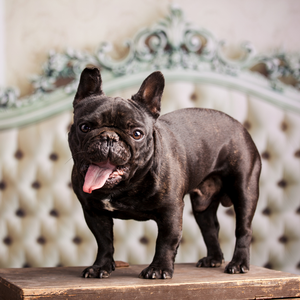Summer is the season of fun in the sun, and for our four-legged companions, there's no greater joy than a refreshing swim on a hot day! After a refreshing swim, it's important to ensure your dog's well-being with proper post-swim care. Here are some essential tips to remember for a happy and healthy dog after their paw-tastic aquatic adventures:
1. Rinse Them Off:
Whether your dog took a dip in the ocean, a pool, or a lake, it's crucial to rinse them off with fresh water afterward. Seawater, saltwater, chlorine, and even algae can irritate your dog's skin and fur and rinsing them off helps remove any potential contaminants that might cause discomfort or damage.
2. Protect Their Ears:
Moisture in the ears can create a breeding ground for bacteria, leading to painful ear infections. To prevent this, make sure to thoroughly dry your dog's ears after swimming. Gently wipe the ear flaps and the visible part of the ear canal with a clean, dry towel. You may also consider using an ear cleaner with a drying agent to assist in keeping those ears dry.
3. Hydration is Key:
After a refreshing swim, your dog may be thirsty due ...









